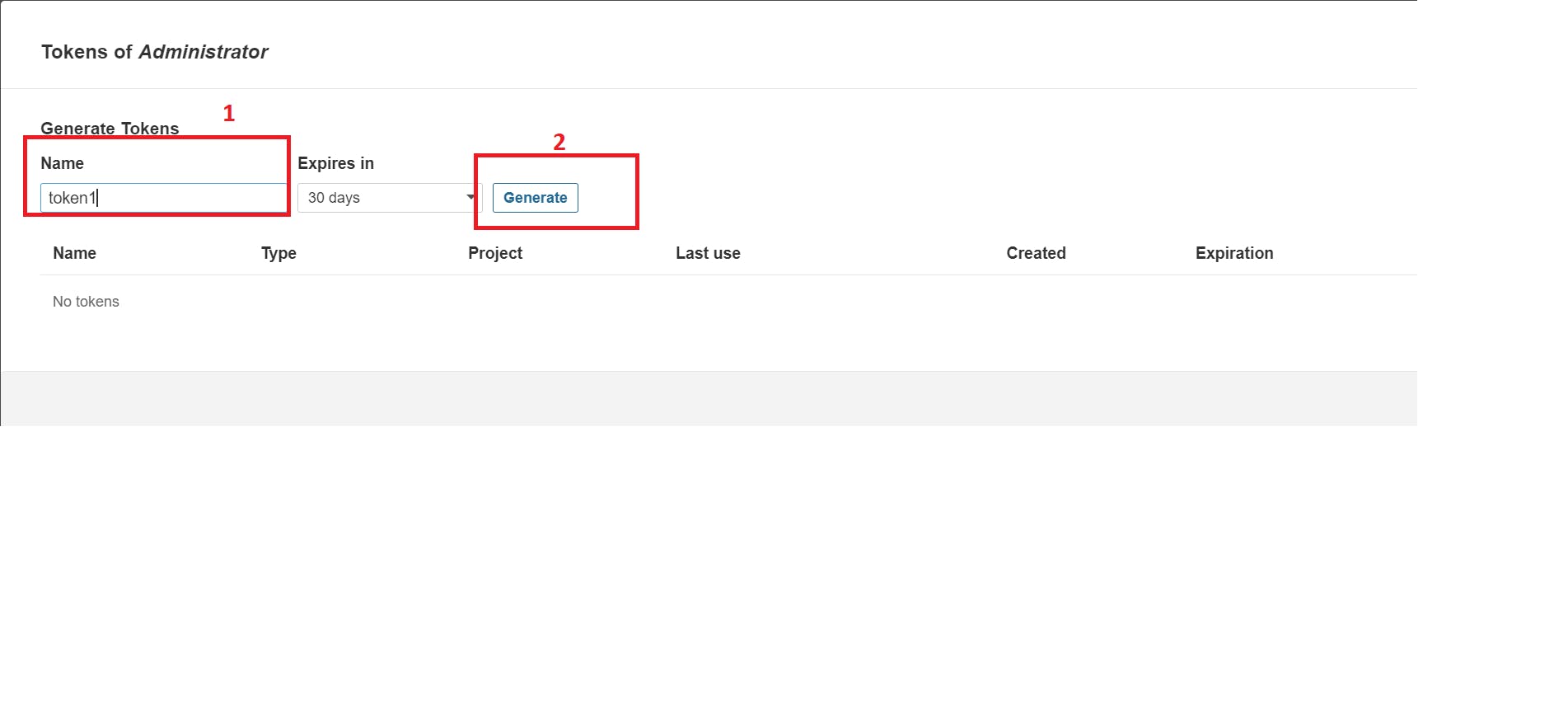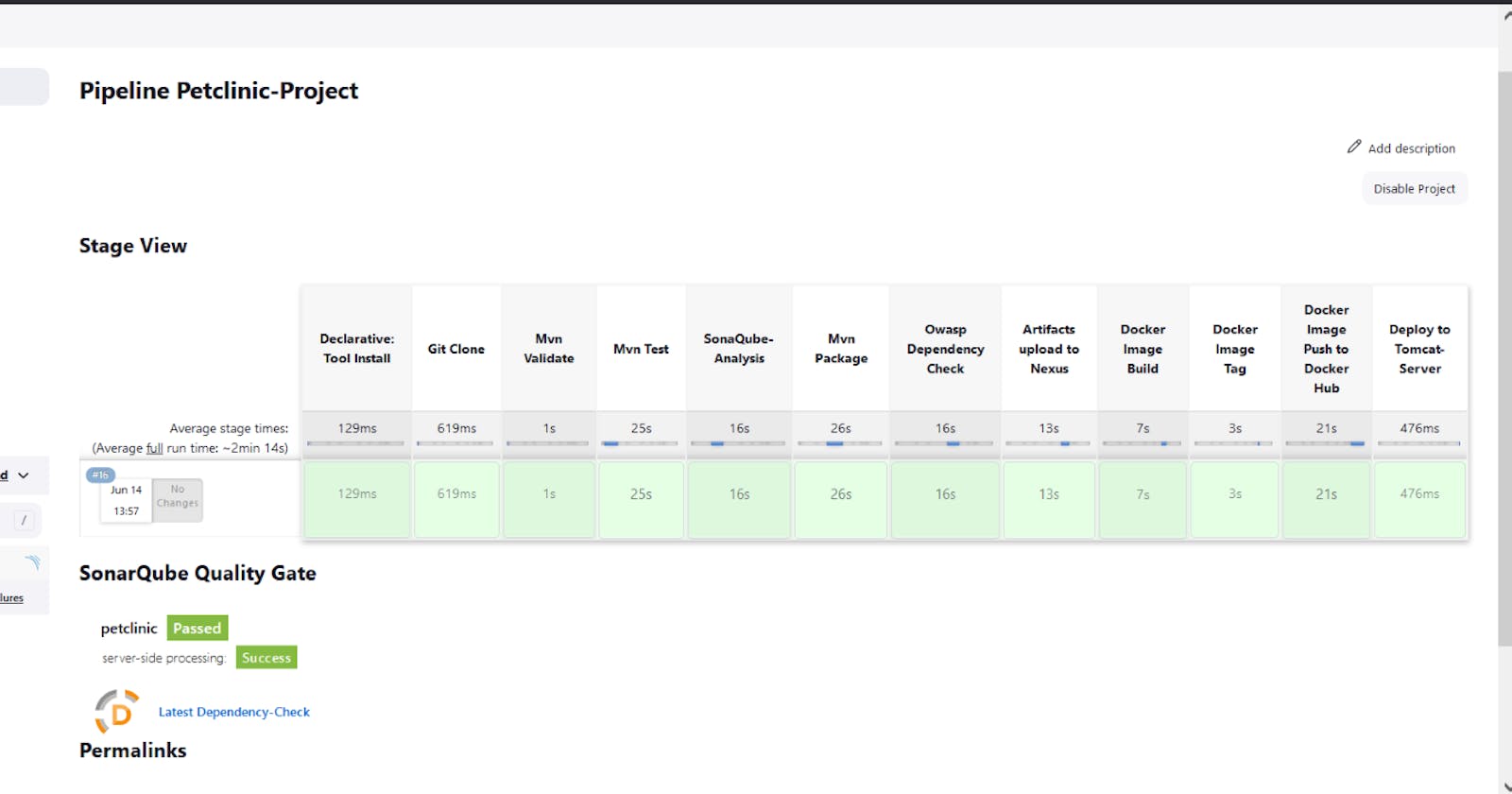E2E Continuous integration (CI) & Continuous Delivery (CD) Pipeline
Required Tools and Technologies
Git & GitHub
Git is a version control system that manages and keeps track of Source code. GitHub, on the other hand, is a service that lets you host, share, and manage your code files on the internet
Jenkins
Jenkins is an open-source automation server that allows you to automate various tasks in your software development workflow, such as building, testing, and deploying applications. It provides a web-based interface and supports a wide range of plugins for integrating with different tools and technologies.
Maven
Maven is a powerful build automation and dependency management tool used primarily for Java projects, although it can be used for projects in other programming languages as well. It provides a comprehensive set of features to help manage the software development lifecycle and simplify the build process
Nexus
Nexus Repository Manager is a popular artifact repository management tool often used in DevOps environments. It serves as a central hub for storing and managing software artifacts such as binary files, libraries, and dependencies. The Nexus Repository Manager provides version control, access control, and distribution capabilities, making it easier for development and operations teams to collaborate on building and deploying software. By having a centralized repository, teams can ensure consistency, traceability, and efficient sharing of artifacts across the software development lifecycle
SonarQube
SonarQube is an open-source platform that provides static code analysis and code quality management. It is designed to help developers and development teams identify and fix code issues early in the software development lifecycle. SonarQube analyzes source code for bugs, vulnerabilities, code smells, and code duplications, and provides detailed reports with actionable insights.
OWASP Dependency check
OWASP The Open Web Application Security Project (OWASP) Dependency-Check is a software composition analysis (SCA) tool that identifies project dependencies with known vulnerabilities. It helps developers and security professionals identify and mitigate potential risks associated with using vulnerable libraries and components
Docker
Docker is an open-source platform that allows you to automate the deployment, scaling, and management of applications using containerization. Containers provide a lightweight and portable way to package applications and their dependencies, enabling them to run consistently across different environments.
Tomcat webserver
Apache Tomcat, often referred to simply as Tomcat, is an open-source web server and servlet container developed by the Apache Software Foundation. It is one of the most popular Java-based web application servers used for deploying and running Java servlets and JavaServer Pages (JSP).
Tomcat is designed to be lightweight and easy to use, making it a popular choice for developers and organizations looking to deploy Java web applications. Tomcat is widely used in both development and production environments and is compatible with various operating systems, including Windows, Linux, and macOS.
Required Plugins for Jenkins
jdk
eclipse temurin installer
openJDK-native-plugin
owasp
owasp dependency check
Docker
Docker
docker pipeline
docker-build-step
cloudbees docker build and publish
sonarqube
sonarqube scanner
Config File Provider plugin -- For nexus




Nexus Integration with Jenkins
install the Config File Provider plugin under the available plugin section



Tomcat Server
the default port of the Tomcat server is 8080

Jenkins & SonarQube Integration

default login credentials for Sonarqube are
username: admin
Password: admin

configure the Sonarqube server to the Jenkins
manage Jenkins >> Configure System >> Add SonarQube




Generate a token under the security section




add Jenkins credentials and use the sonarQube token as a secret text.

configure the Sonarqube server under Jenkins system configuration Provide URL along with port 9000

if the build is success we will get sonarqube analysis report like this


OWASP Dependency-Check Report

Build artifacts in nexus


Docker image on Docker Hub repository

once the build is successful Jenkins pipelines look like this
full stage view of Jenkins pipeline

once the build is successful browse the instance public with port 8080 for the Tomcat server


for the source code check out the below GitHub URL
https://github.com/Raghava0684/Petclinic-Project-2.git
for the Jenkins file check out the below GitHub URL
Thank you so much for reading my blog...😊!!!
